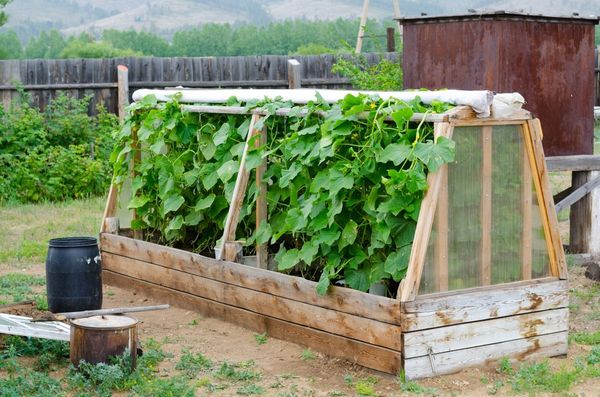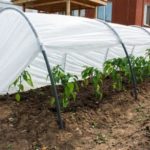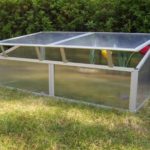Growing cucumbers in a greenhouse makes it possible to get early harvests. In regions with a harsh climate, such a construction, especially made by hand, is simply necessary, because it is impossible to survive without shelter for young shoots with a weak root system.
If the frost did not have time for a minute, then a small greenhouse made of scrap materials can save the harvest. The size depends on the number of seedlings, and the device can be small in size or look like any large greenhouse.
Table of contents
Can I make a greenhouse for a cucumber with my own hands
Providing your family with vitamins, while saving money on market purchases of cucumbers and tomatoes, you can install a greenhouse.
This will require little skill, a minimum of materials and labor. Anyone who can hold a hammer in their hands will handle the installation.
Of course, it is easier to purchase a finished structure, but the shelter made with your own hands will be more adapted to the climatic conditions and the site. In addition, the owner is always particularly proud when he demonstrates the result of his work.
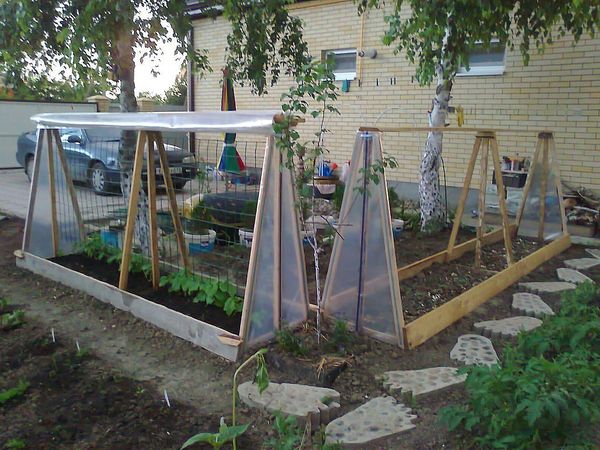
Many gardeners are happy to demonstrate improvised buildings.As an option to develop an exclusive design, upgrade it after seasonal operation, and then share with all the result.
A greenhouse differs from greenhouses by the following features:
- greenhouse height does not exceed 1.5 m;
- no door, ventilation is achieved due to the opening of the movable elements of the structure;
- heating is carried out thanks to the sun compost;
- most often the greenhouse is dismantled for winter.
Advantages and disadvantages of shelter from scrap materials
To justify the need to install a greenhouse on the site, you need to highlight its main advantages.
- Thanks to the shelter there is an opportunity control air humidity and soil. By simple manipulations it is possible to establish a microclimate favorable for culture.
- The ecological background of most regions is not very clean, and after precipitation, many summer residents note the appearance of yellow and brown spots on the greenery. The design protects against heavy metals and other chemical compounds affecting the vegetation on the plants.
- Cucumbers love moisture, but its abundance can destroy the bushes.In the rainy season to save cucumber beds from death is extremely difficult. Facilitates this task greenhouse. Shelter allows you to control the soil moisture.
- Self-assembled design is easy to dismantle for winter storage.
- A strong wind and spring frosts negatively affect the development of seedlings, and sometimes they even die. In the greenhouse such an outcome is excluded.
- Simplicity of construction: it will be necessary to mount the framework and fix covering materials (film, polycarbonate) on its edges.
- You can start growing seedlings earlier, sowing seeds. Harvest through this protection really 3-4 weeks earlier than usual.
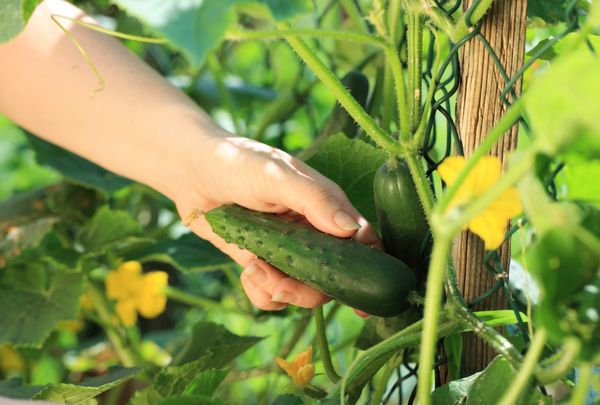
Despite all the advantages of self-made greenhouse structures, it is necessary to note their disadvantages. It:
- simple construction not always easy to usetherefore it is better to use lifting mechanisms and locks in the development;
- novice gardeners do not understand the density of the film, use a thin canvas, which is damaged during the first winds or heavy precipitation;
- Sometimes all the costs of materials are equal to the cost of the finished greenhouse.
Types of greenhouse for cucumbers
By type of construction greenhouse facilities are:
- polygonal;
- arched;
- single-pitch;
- gable
- Arched greenhouse
- Single slope
The most popular are the following types:
- "Butterfly" - the frame has the form of an arch with two rising side parts, providing maximum illumination and access of air;
- "Snail" - the principle of design development resembles an ordinary breadbasket;
- "Belgian" - a rectangular frame with a hinged lid (radius of disclosure is selected individually);
- film greenhouse - the skeleton is made in the form of an arch or a coarse, the sides of the film are fixed on the plank, with the help of which the cover is turned up to be ventilated.
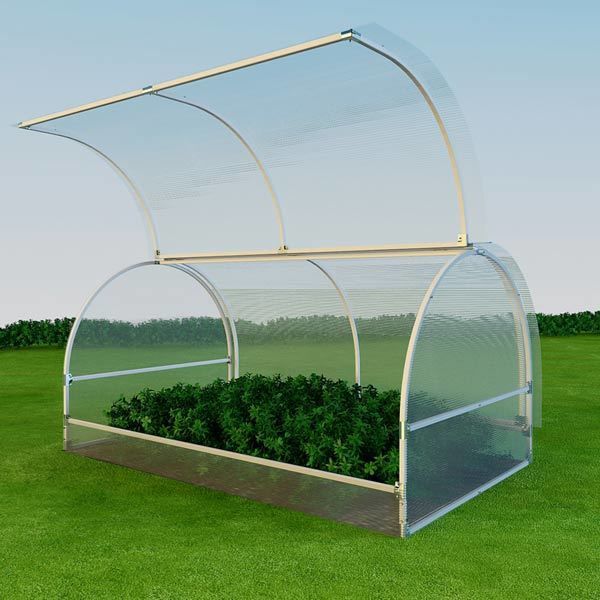
Among the materials used, preference is given to polycarbonate. He adequately replaced the film, which was enough at best for the season.
Good light transmission capacity, resistance from external factors and simple maintenance endow the polymer coating with advantageous qualities that benefit other materials.
For the manufacture of the frame used wooden boards, metal rods, pipes, angles, profiles. To reduce the cost of construction, many owners find the use of old wood and metal, which are available in the economy.
In order for the greenhouse to be able to be operated during the winter period, it is recommended in advance think over the heating system. Among the possible options:
- biological heating;
- using the stove;
- electrical appliances.
This option of using a greenhouse involves the use of polycarbonate as a coating with an air gap created, which is created between the main surface and the film stretched inside the structure.
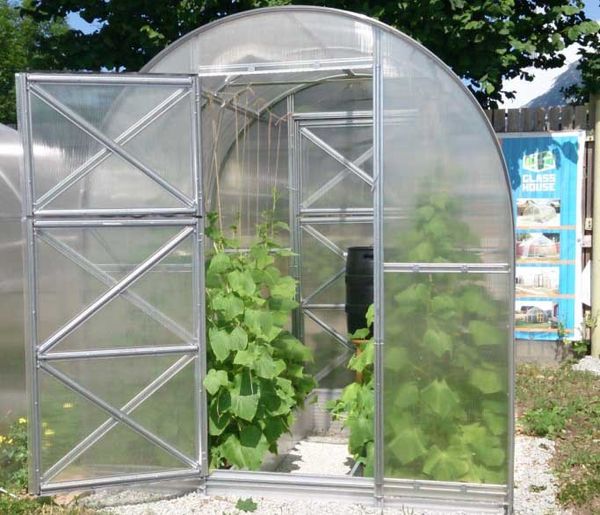
Proper device homemade greenhouse
Adhering to the recommendations of experts, you can build a greenhouse in the garden with your own hands. In order not to miss important details, you need to adhere to this sequence when working.
Choosing the right place
Place is chosen sunnyso that there is enough light for the plants.In addition, the sun's rays will additionally warm up the structure in cold weather. It is worthwhile to take into account the distance to the house and the water source so that the supply of electricity and a hose for irrigation do not create additional problems.
If there are large plantations in the vicinity of the structure, it is better to choose another site. Welcome flat areas with free access and reserve space under the service.
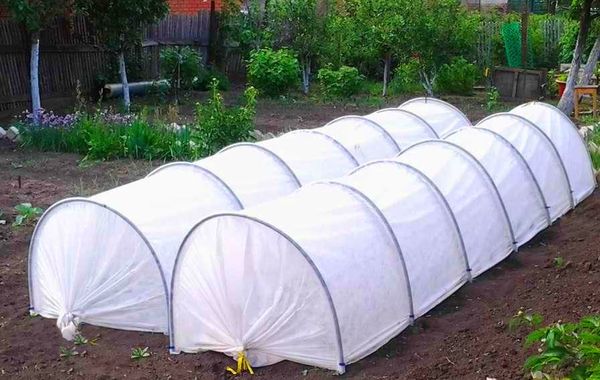
In the lowlands it is not necessary to install a greenhouse, because with heavy rains the groundwater level rises, which means that the root system can rot.
Select the type of coverage
When selecting a coating, you can show imagination, the modern range is shocking in its breadth. If preference is given to the film, then it is better to purchase the product. with reinforcing layer. The material is more resistant to rupture, can withstand heavy rainfall, resists winds.
Classic coating type - glass does not lose its relevance in our time. The only minus of glass surfaces is fragility. The big hail can easily be finished even with a reliable glazing.
A good alternative is polycarbonatewhich is not inferior in properties to glass, but is devoid of fragility. The main thing is to choose the thickness of the sheet.
The advantage of the material is the flexibility that allows you to give the coating a curved shape.
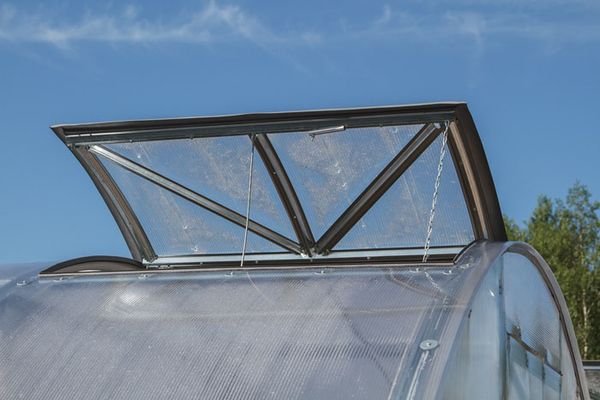
Dimensioning
Greenhouses are usually compact, unlike greenhouses do not have doors, so it makes no sense to construct large structures. Parameters are determined based on the selected material. When using polycarbonate, the inflection line is taken into account; it must be transverse (across the width of the sheet).
The optimal width of the design is considered to be 140-150 cm. In a narrow structure, it will be more difficult to care for plants, and it is more difficult to heat a large area.
Height within 1.3-1.7 m provides a convertible top (like a Belgian greenhouse or butterfly). The gable roof at the highest point reaches 1.7-2.2 m.
Necessary materials
To build a Belgian polycarbonate greenhouse you will need:
- wooden boards of coniferous breeds (width not less than 25 cm, thickness 20 mm);
- polycarbonate sheets;
- bars (40x40);
- fasteners (hardware and hinges).
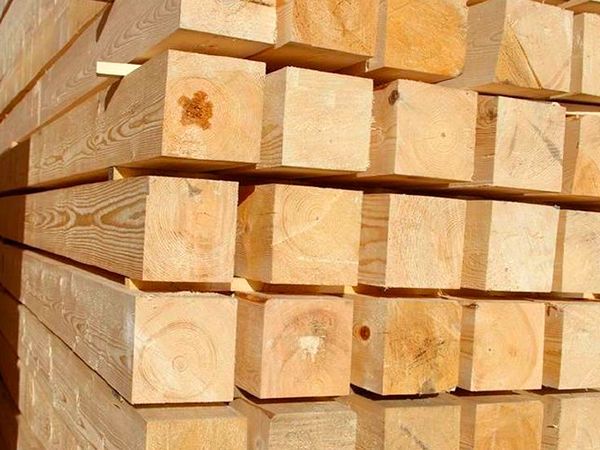
Assembly principle
Since the Belgian greenhouse belongs to lightweight mobile structures, the need for foundation disappears. As a base under the frame, a brick or a cinder block can be laid around the frame perimeter.
Installation of a greenhouse includes the following steps.
Clearing the installation site
If necessary, dig a pit to the depth 50 cm, and is made of crushed stone and sand layer on 15 cm. After compaction of the pillow by tamping, fertile soil is poured.
Markup by drawing
The improvised or capital base should be wider than the wooden block used. This will protect the wood from rotting.
Frame assembly
First going box. The joints of the elements are made with screws, the corners are fixed with special corner fasteners. Hinges are installed along the line of junction between the roof frame and the box.
Polycarbonate sheathing
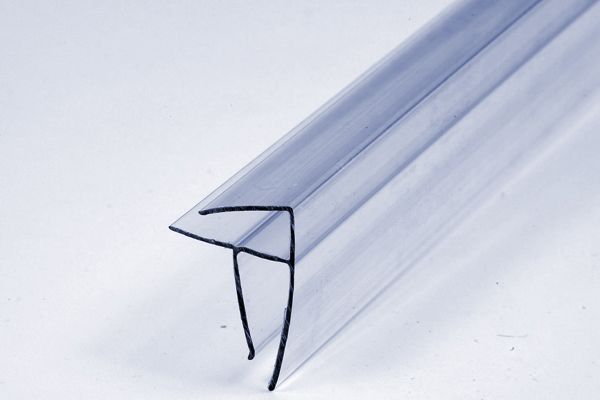
Polycarbonate need cut out according to the drawing. To prevent water from entering the cells by cutting, you need to close them with a U-shaped profile or seal them with foil tape.
Leaving the edges untreated is not recommended. During the operation of the greenhouse they quickly form damage, which contributes to the rapid wear of the coating.
Installation of hinged roof hinges
Polycarbonate sheathed roof frame is fixed on the box using loops. This will ensure its mobility for airing and maintaining plants.
A greenhouse made by himself will be a real protection against the vagaries of the weather for cucumbers. Proof of this is the generous harvests that are made by gardeners in the northern regions, where it was not previously discussed about growing greens.
